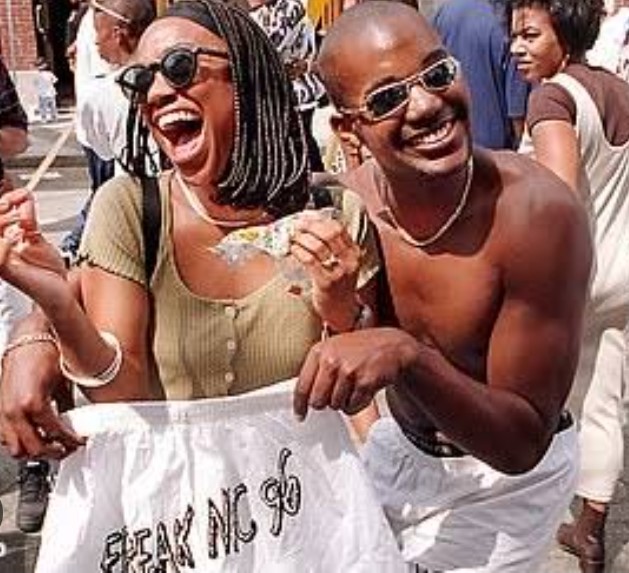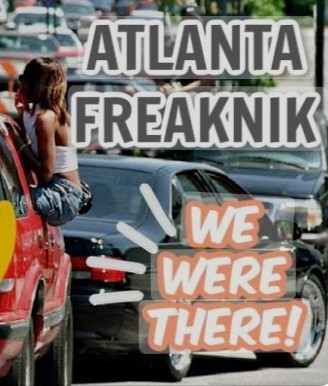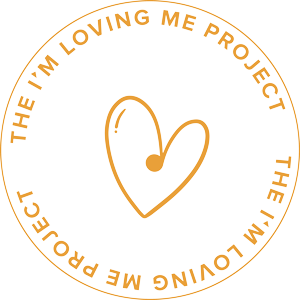

The Atlanta ’94 Freaknik was a cultural phenomenon in the early 1990s, drawing in tens of thousands of predominantly African American college students nationwide. While the event initially started as a small picnic in 1982/1983, it celebrated Black culture and music and became known for its overtly sexual and wild nature.
Freaknik was a large annual spring break party that took place in Atlanta, Georgia. What originally began with the Atlanta University Center (AUC), which consists of Spelman College, Morehouse, Clark Atlanta, and Morris Brown, grew into a popular event for college students from historically black colleges and universities (HBCUs) throughout the southern United States, and it attracted an estimated 200,000 visitors to Atlanta in 1994–at its peak.
The event was known for its parties, concerts, and other festivities, many of which took place in the streets of Atlanta. However, the party’s popularity and size also led to concerns about public safety, traffic congestion, and disorderly conduct. Although recalled as a great inconvenience to the city, many participants saw precautionary measures like enforced curfew by police as unfair and discriminatory.
The Atlanta ’94 Freaknik sparked controversy and debate in Atlanta and other cities, with some people arguing that it was a celebration of African-American culture and others criticizing it as a disruptive and dangerous event. The event became more regulated in subsequent years, and its popularity gradually declined. The last official Freaknik event in Atlanta took place in 1999.
Fast forward to today (in 2023) with a documentary on the horizon showcasing events that didn’t have release forms for those filmed– what are your thoughts? Many lawsuits have been filed, and the buzz is buzzing, but where do you stand on this documentary?
Leave your comments below!




